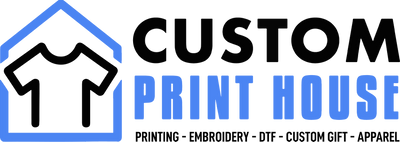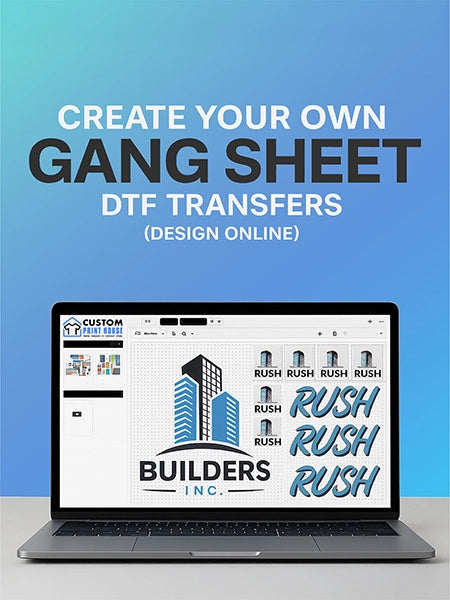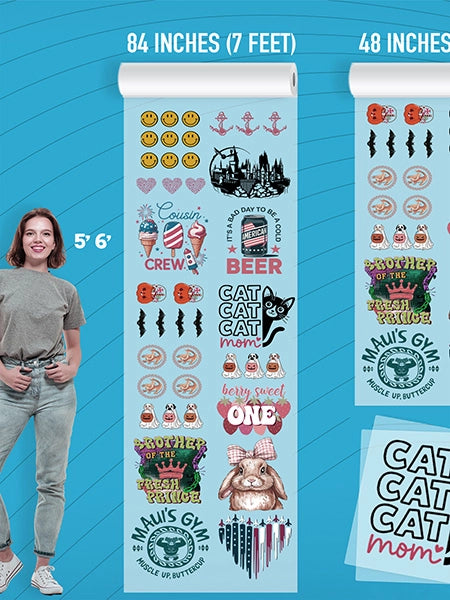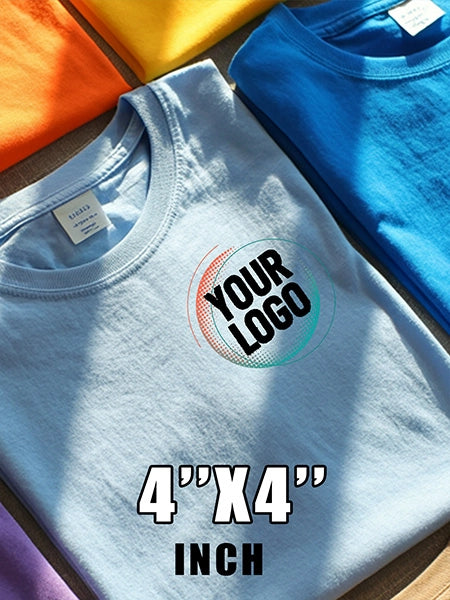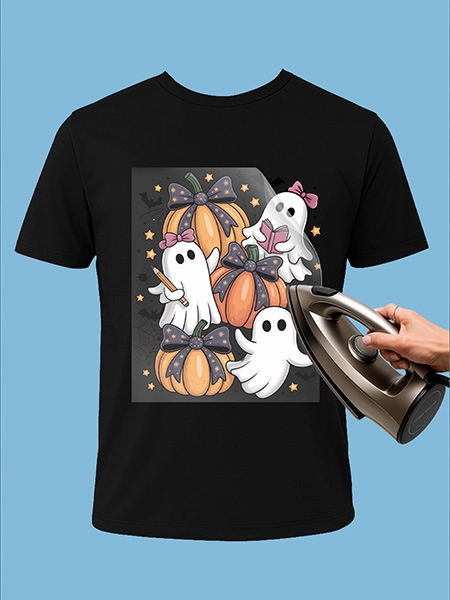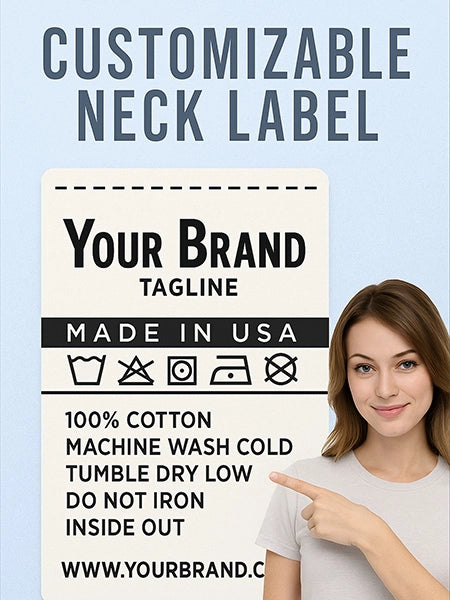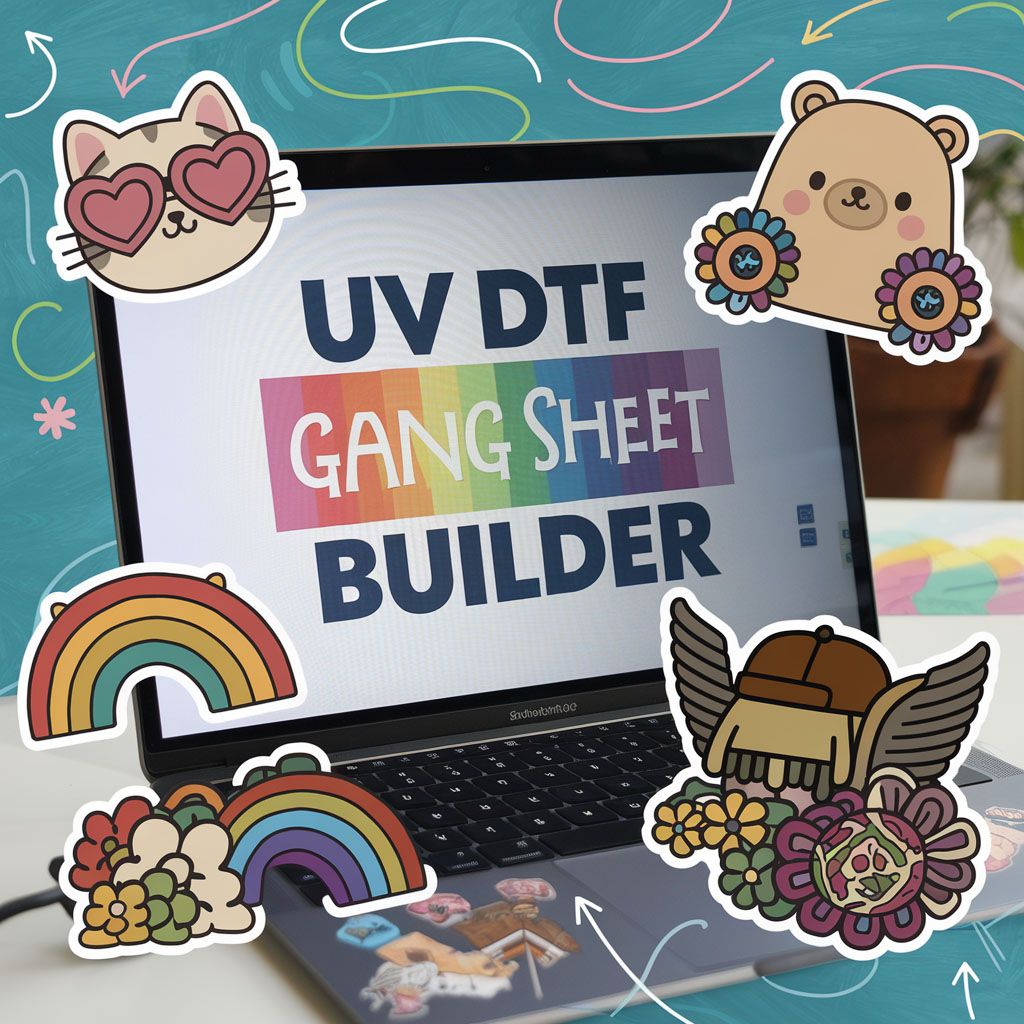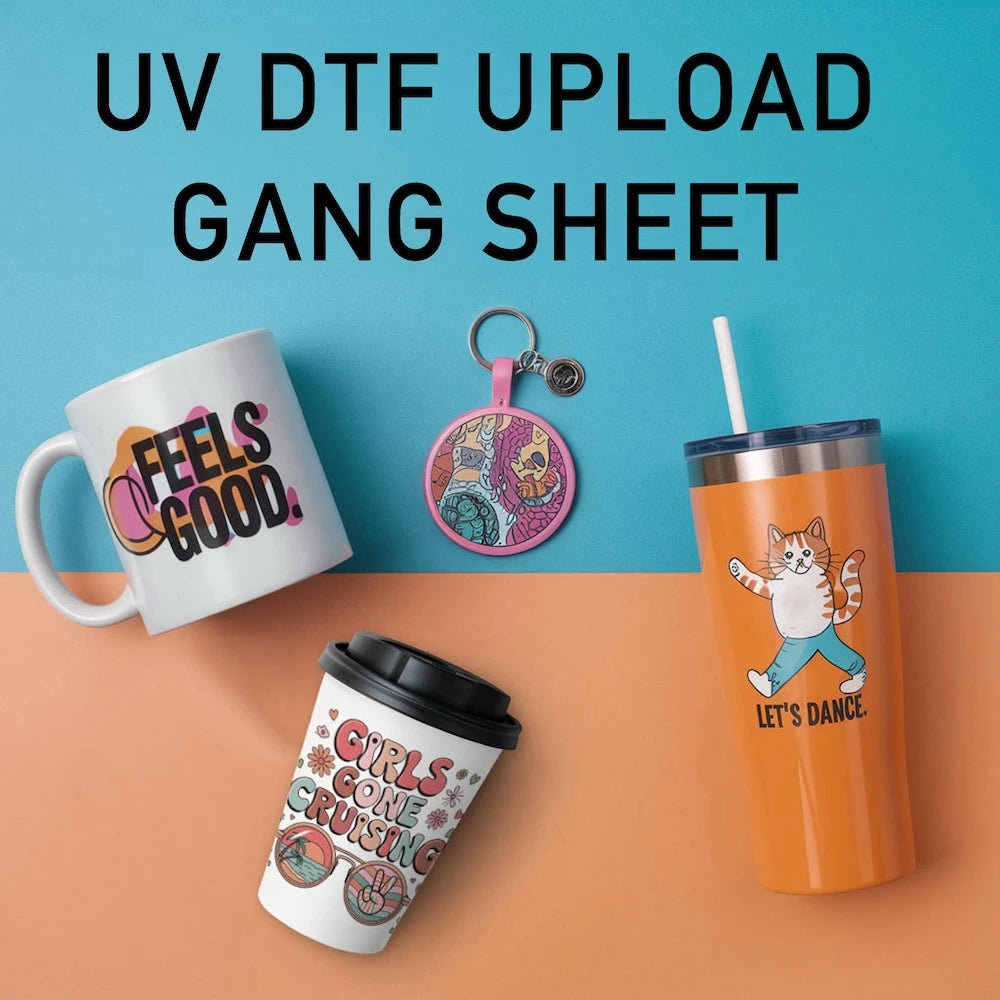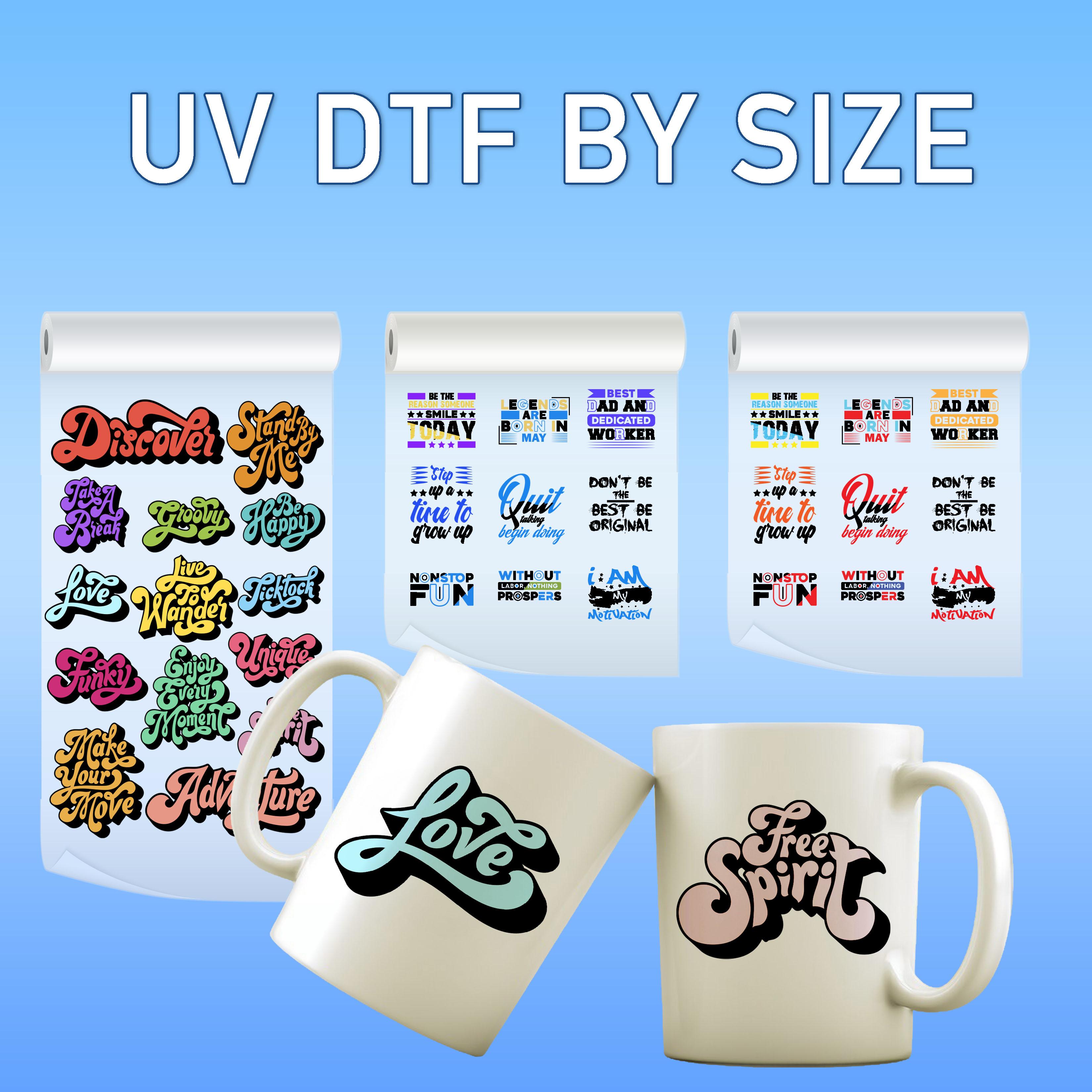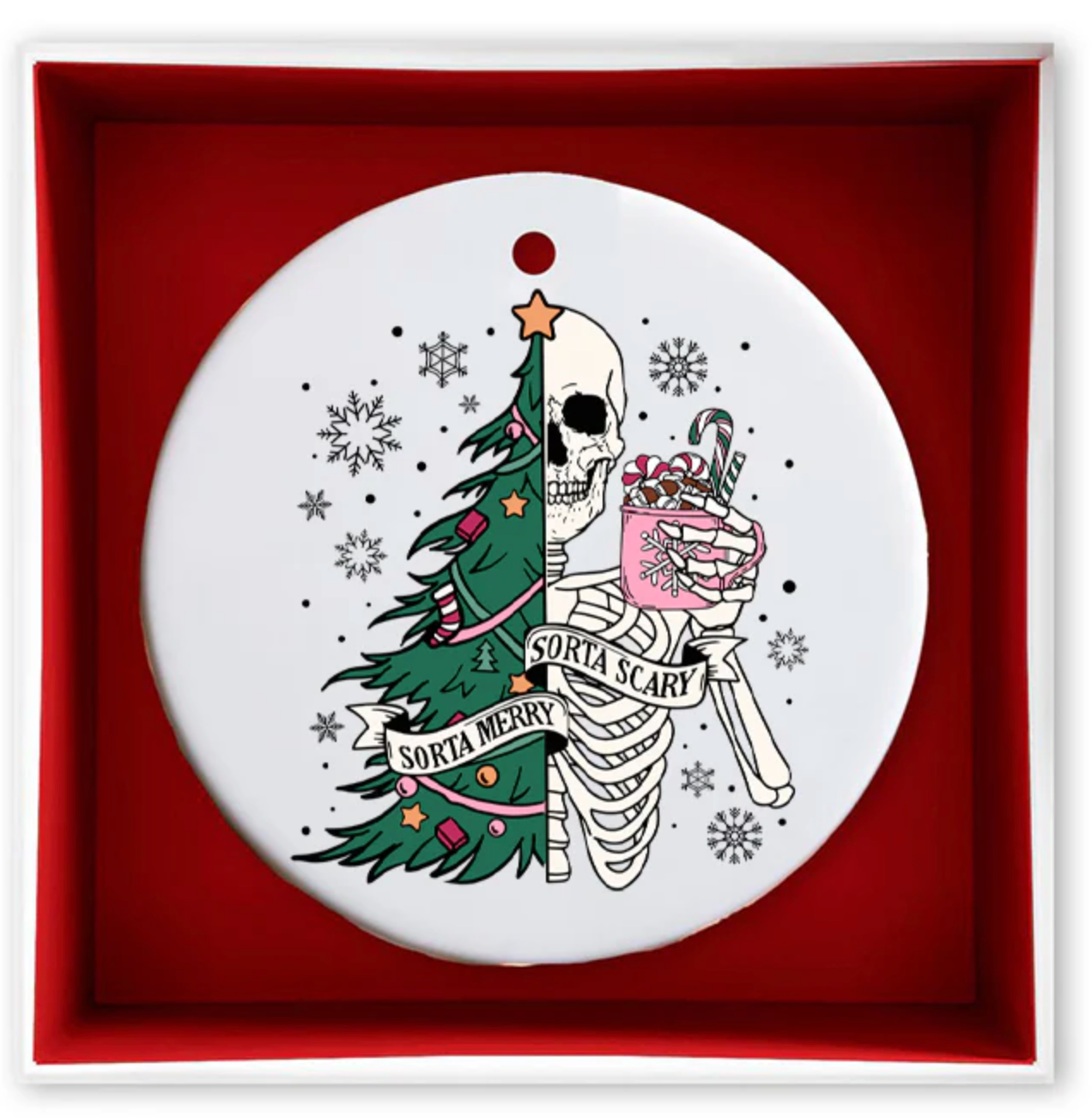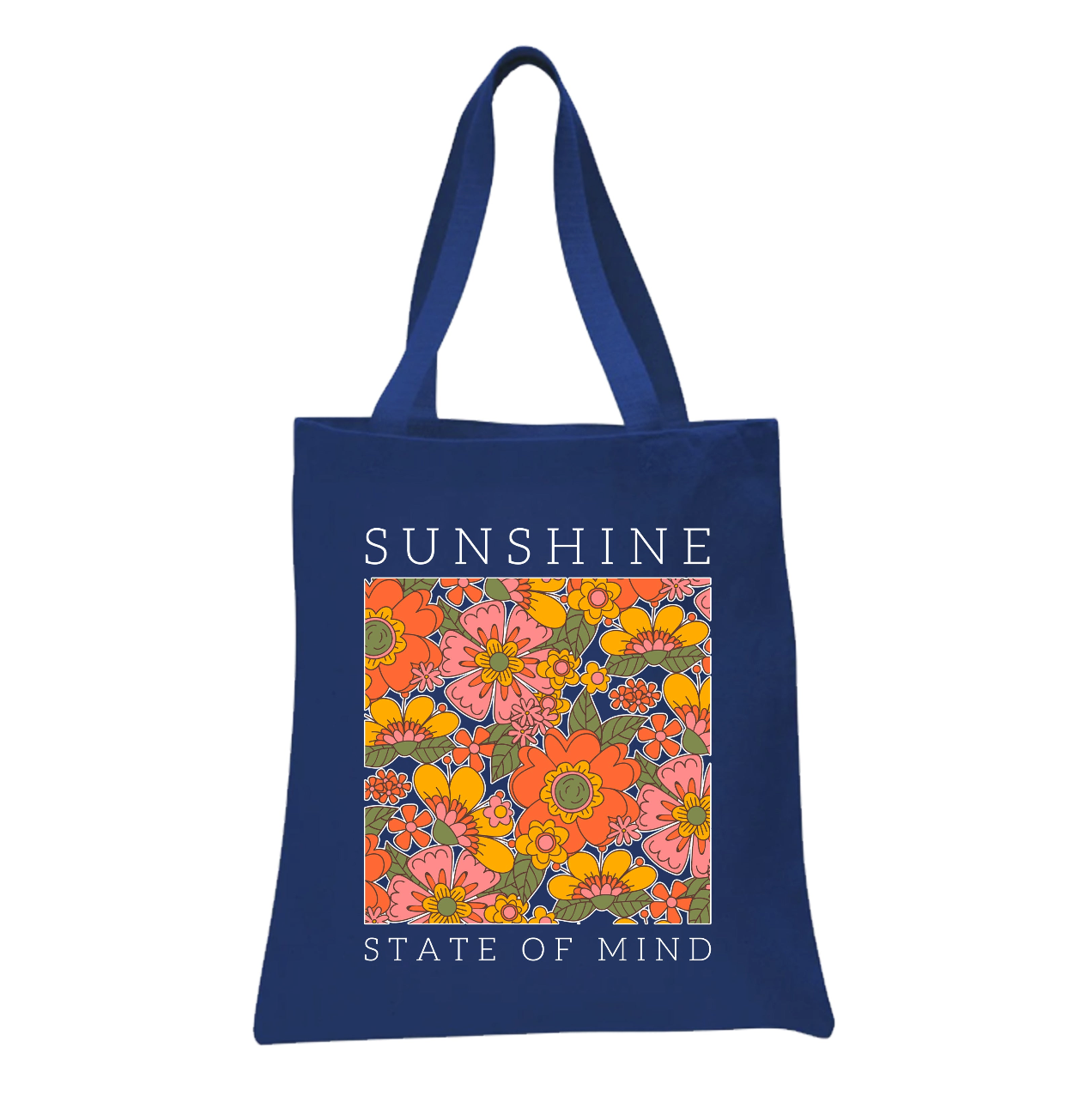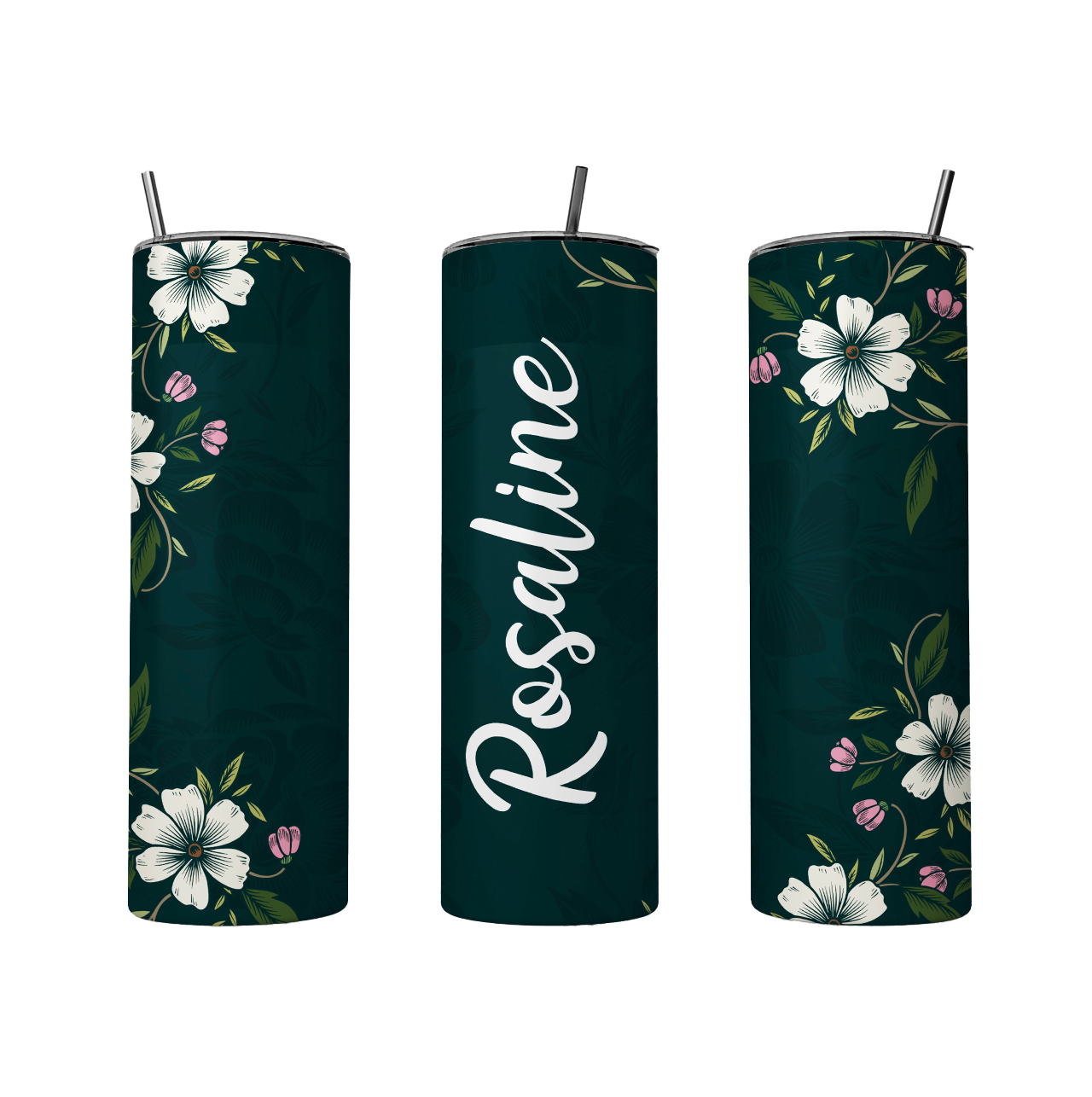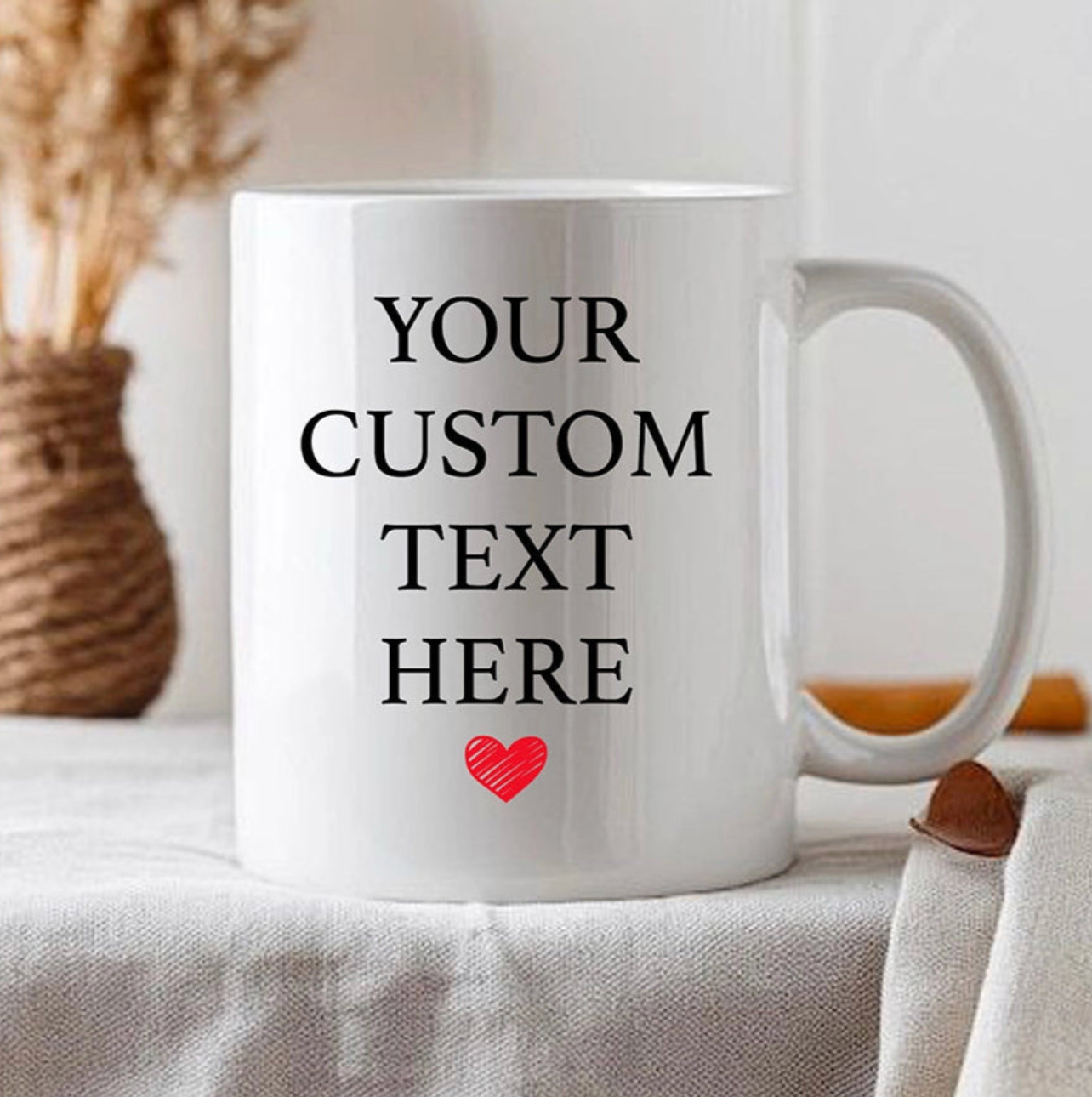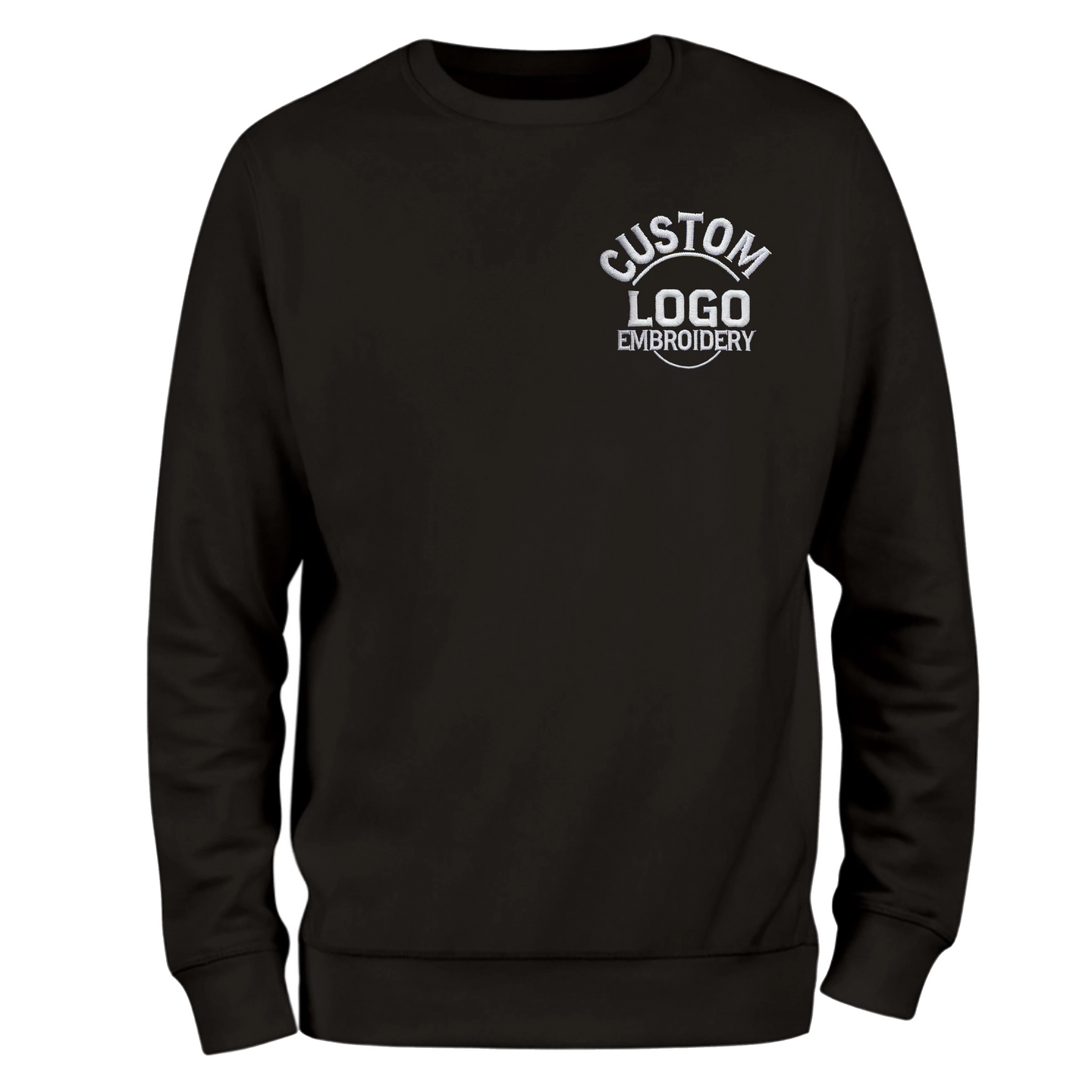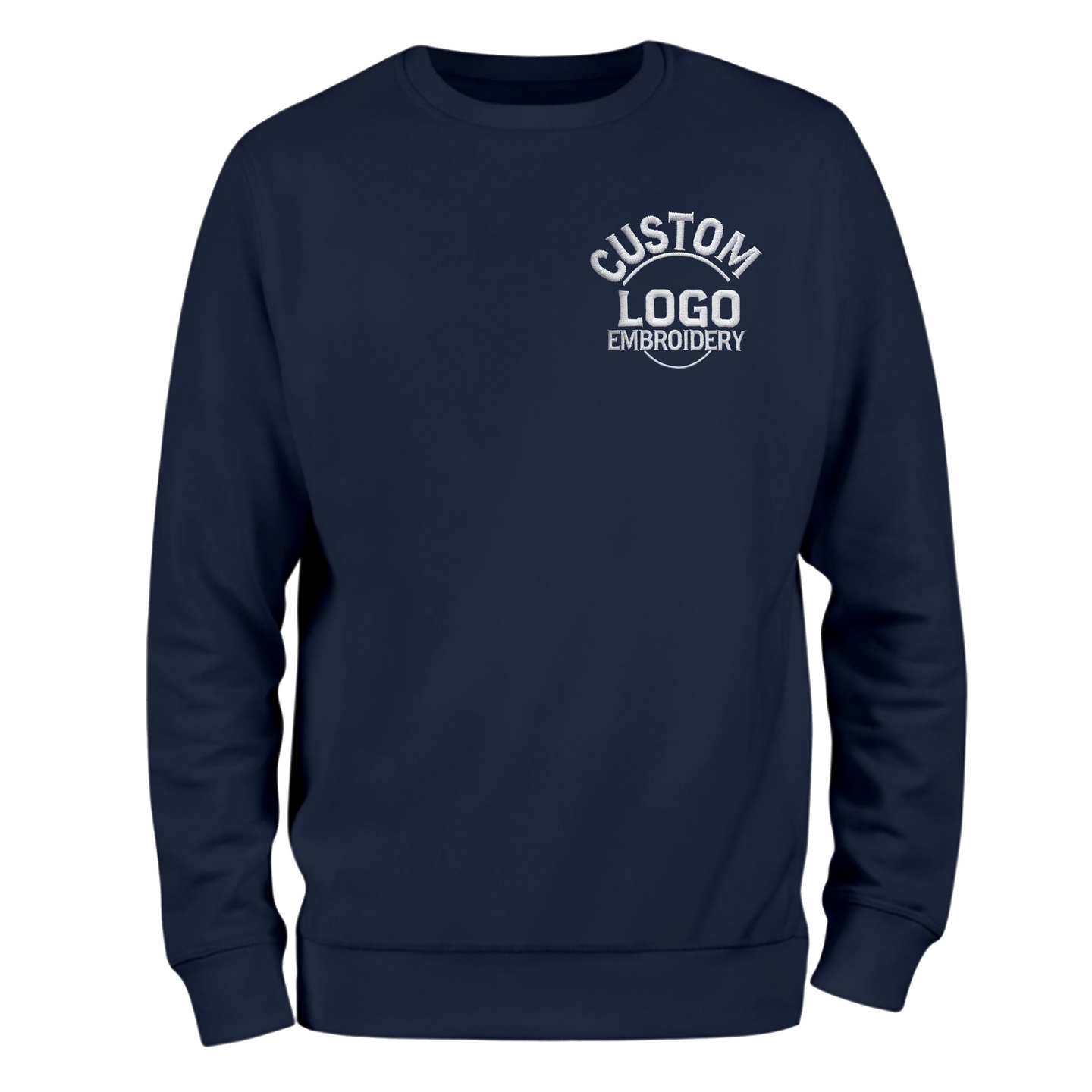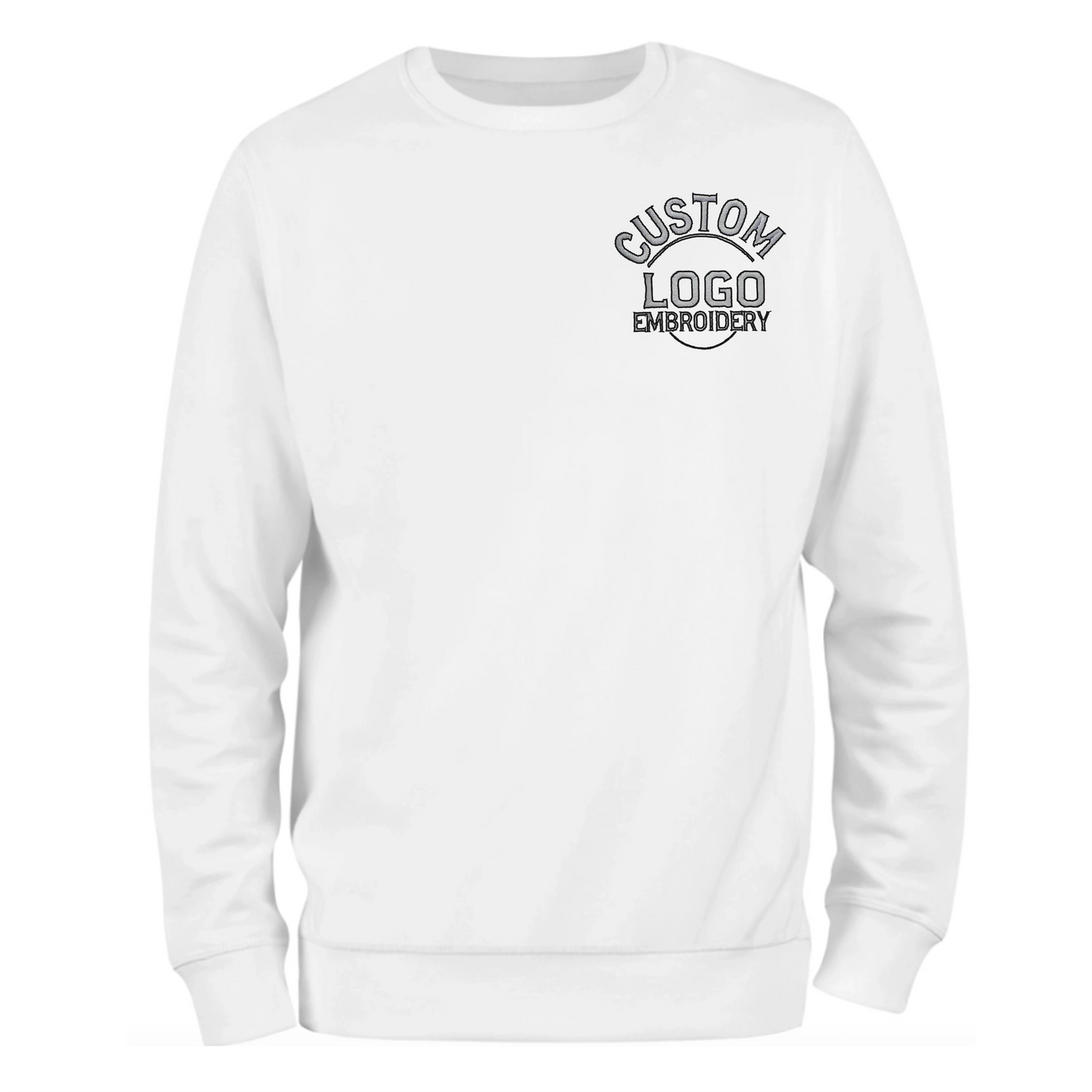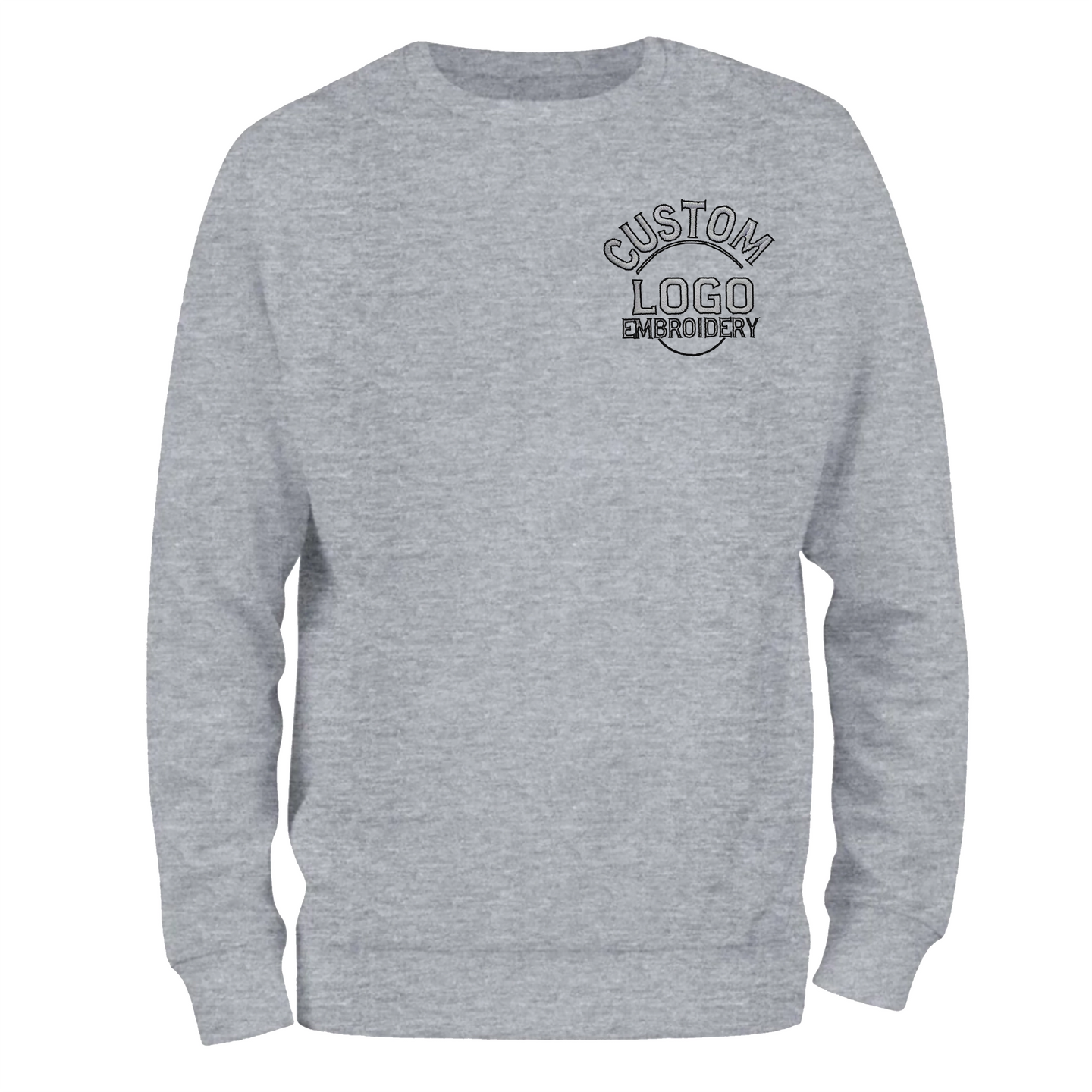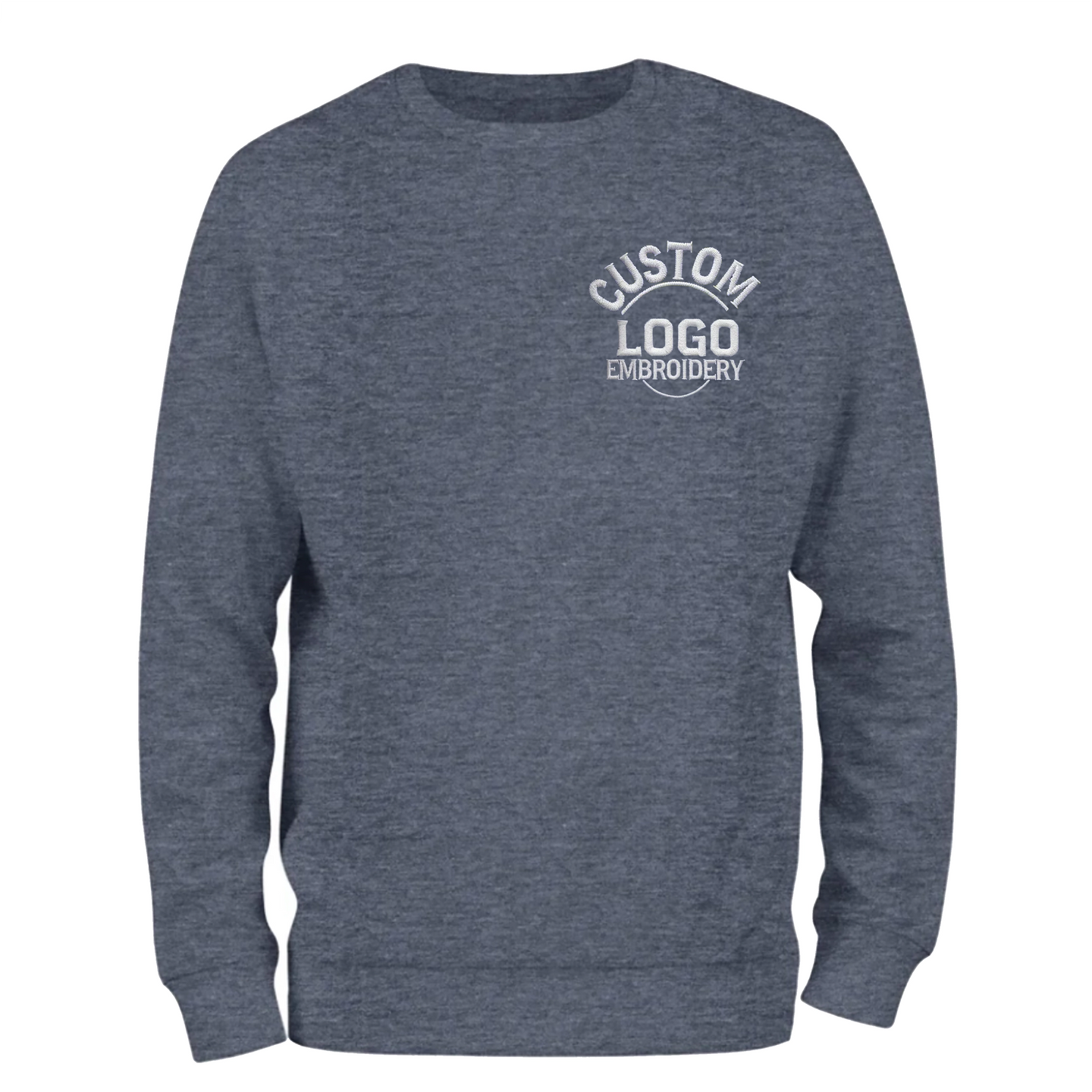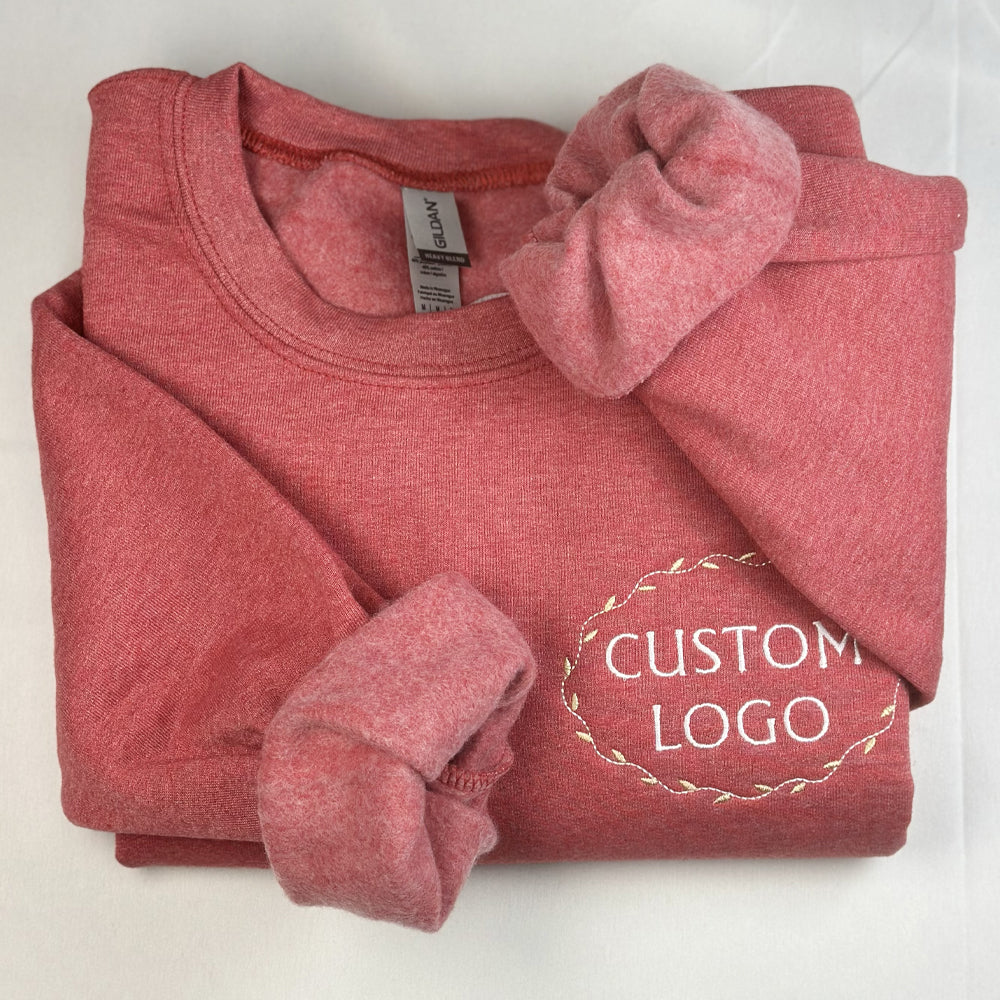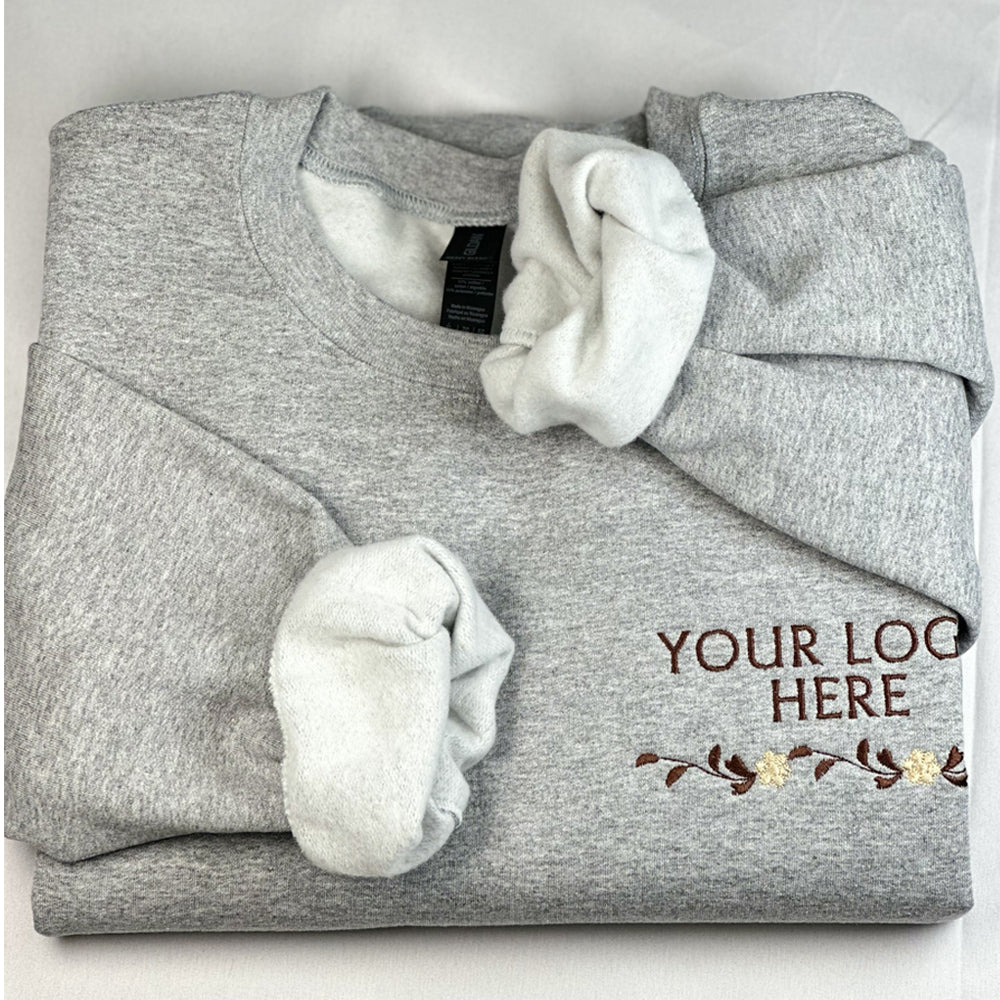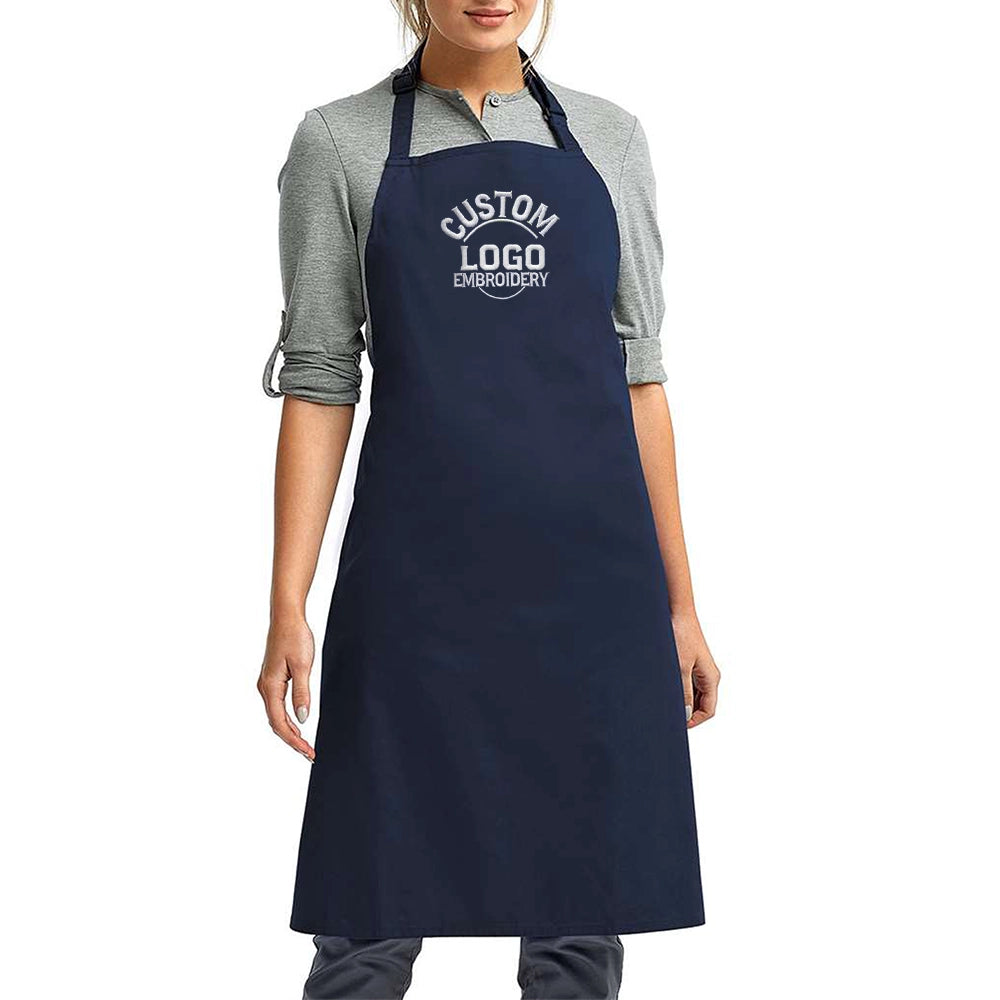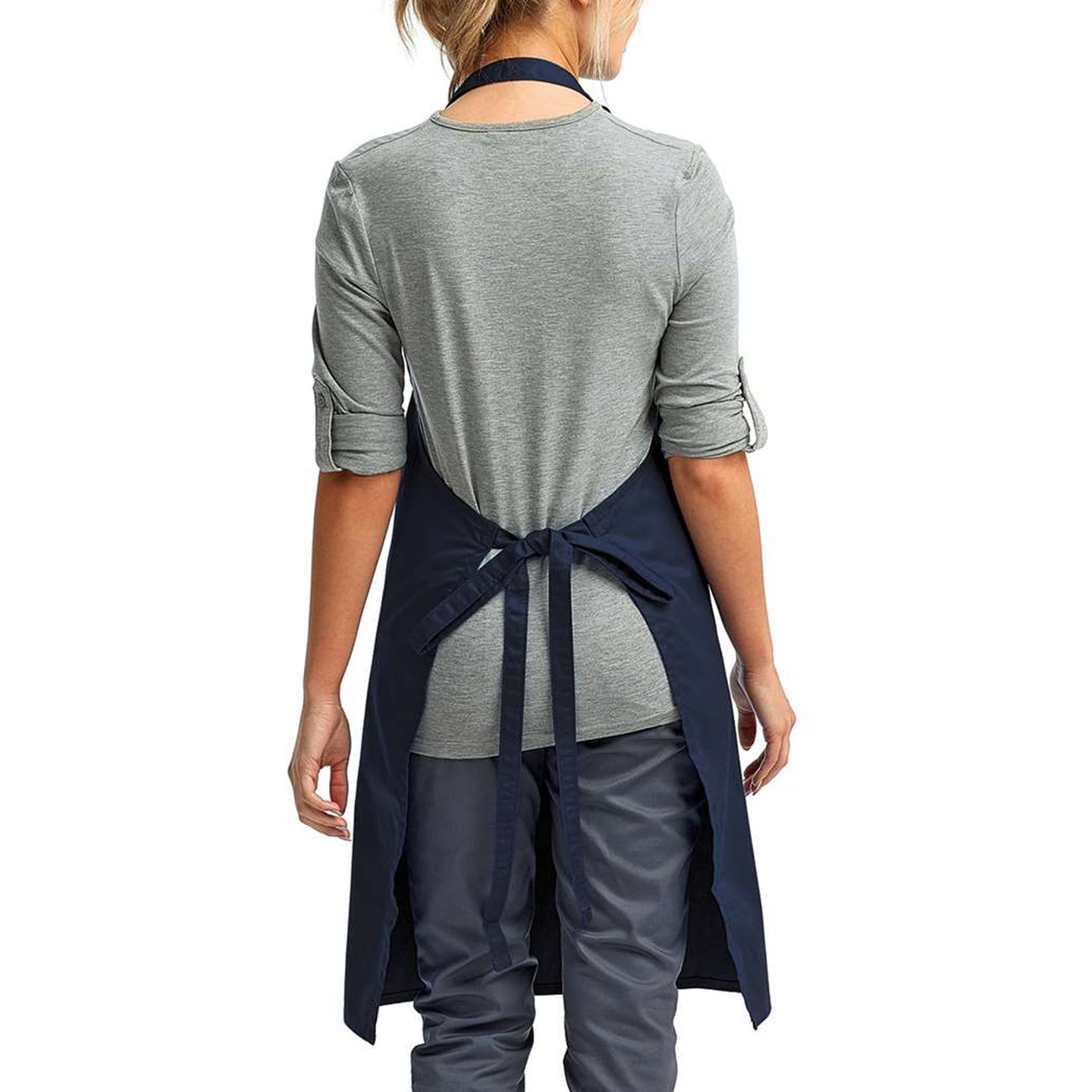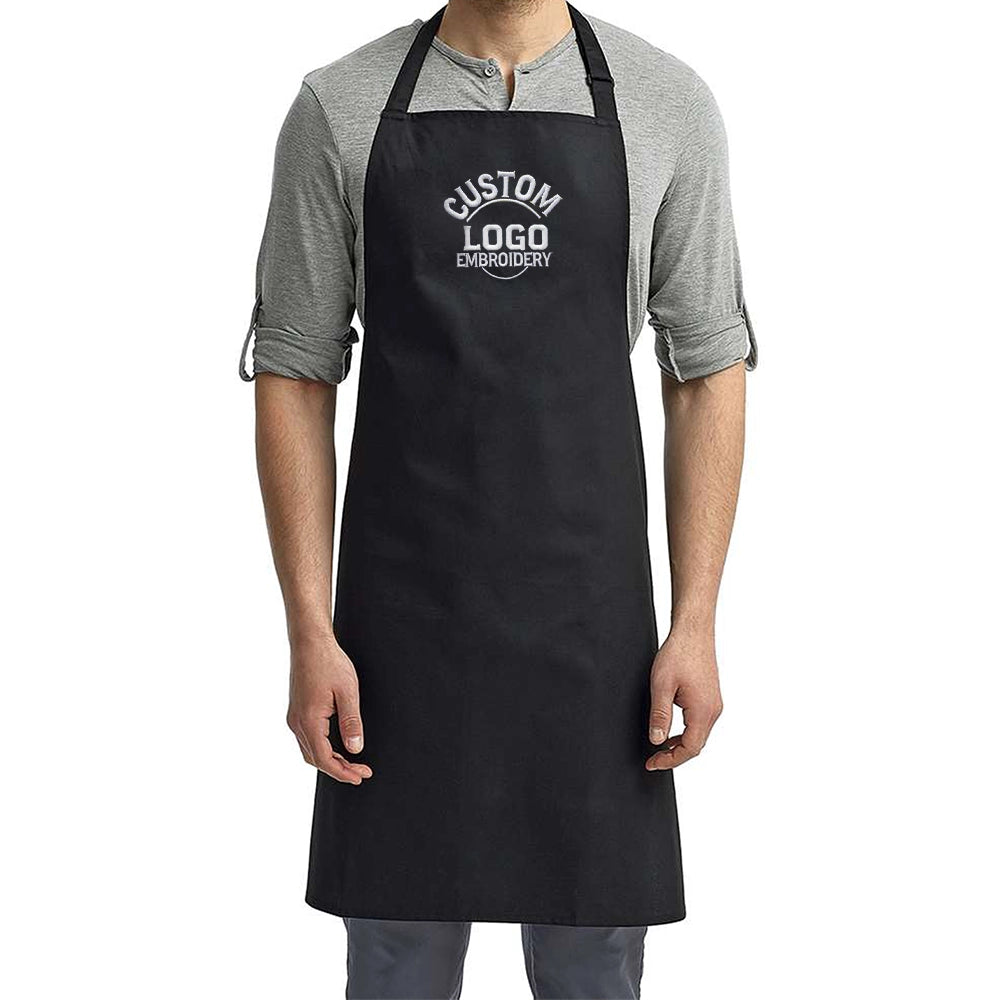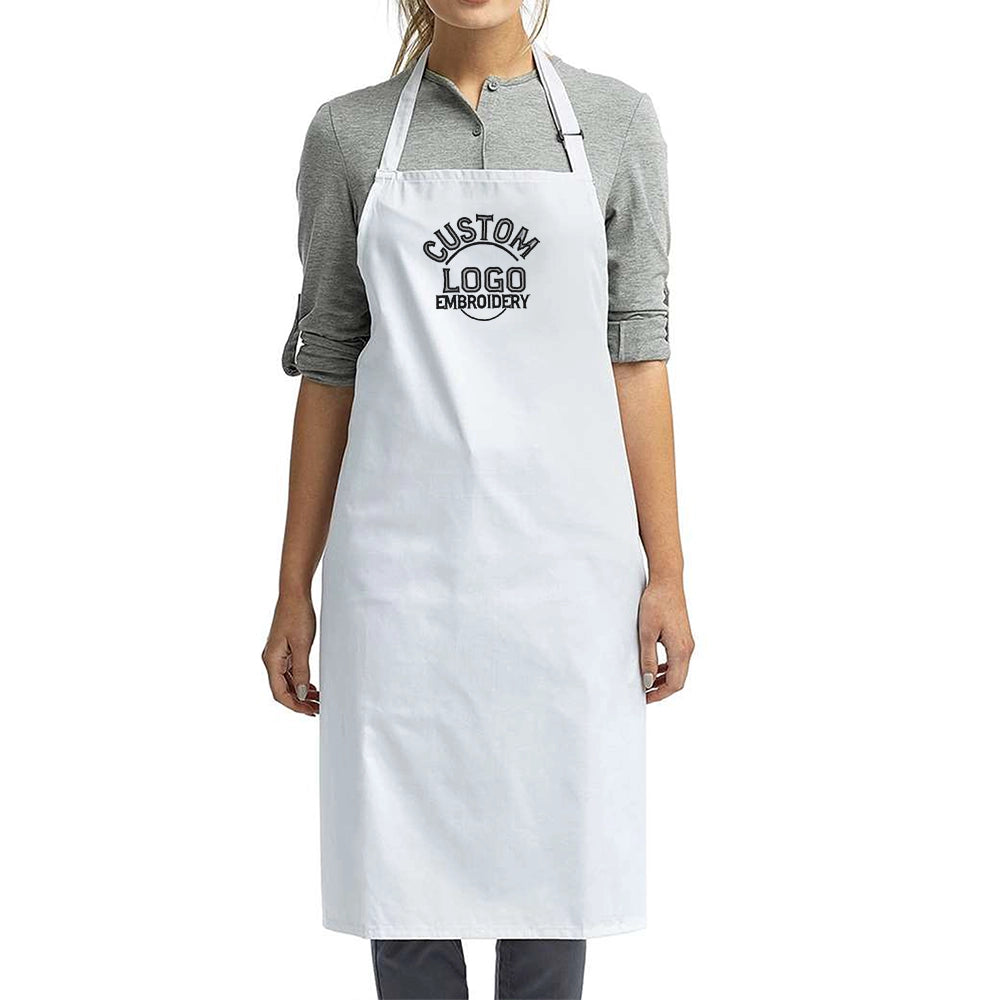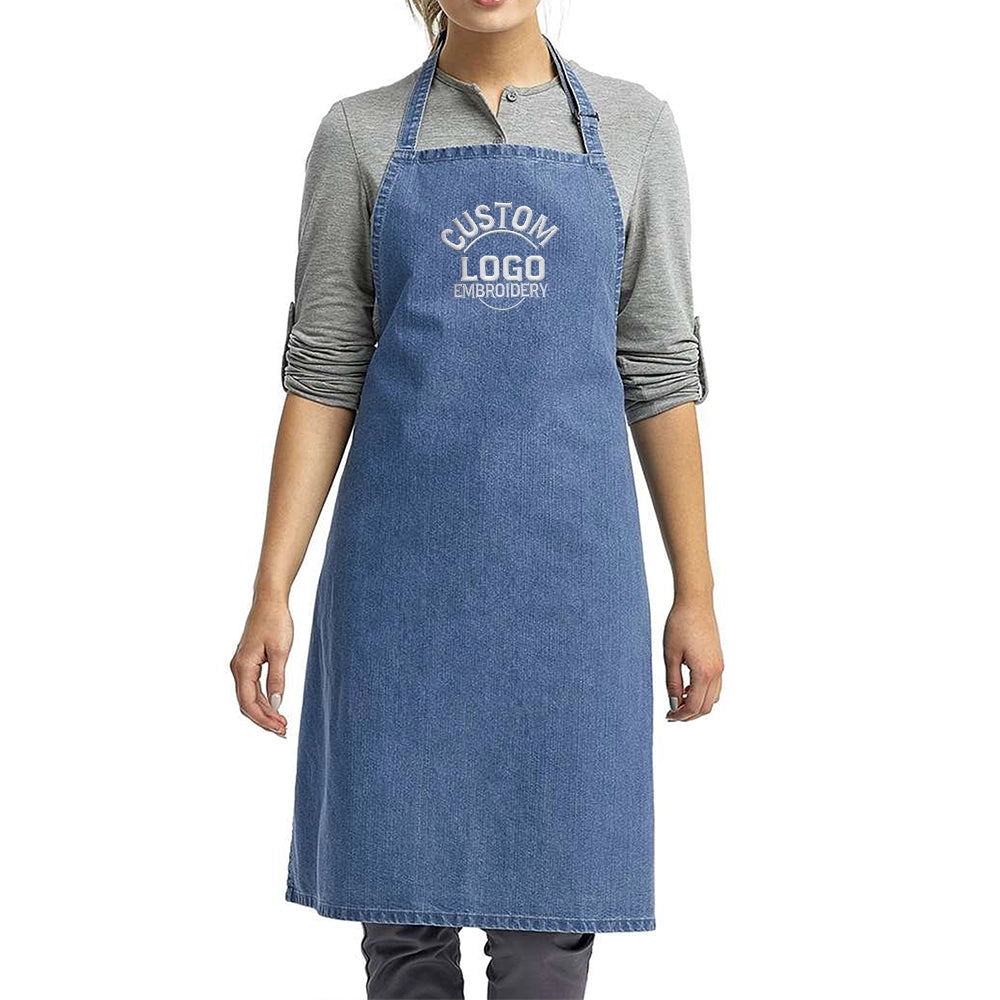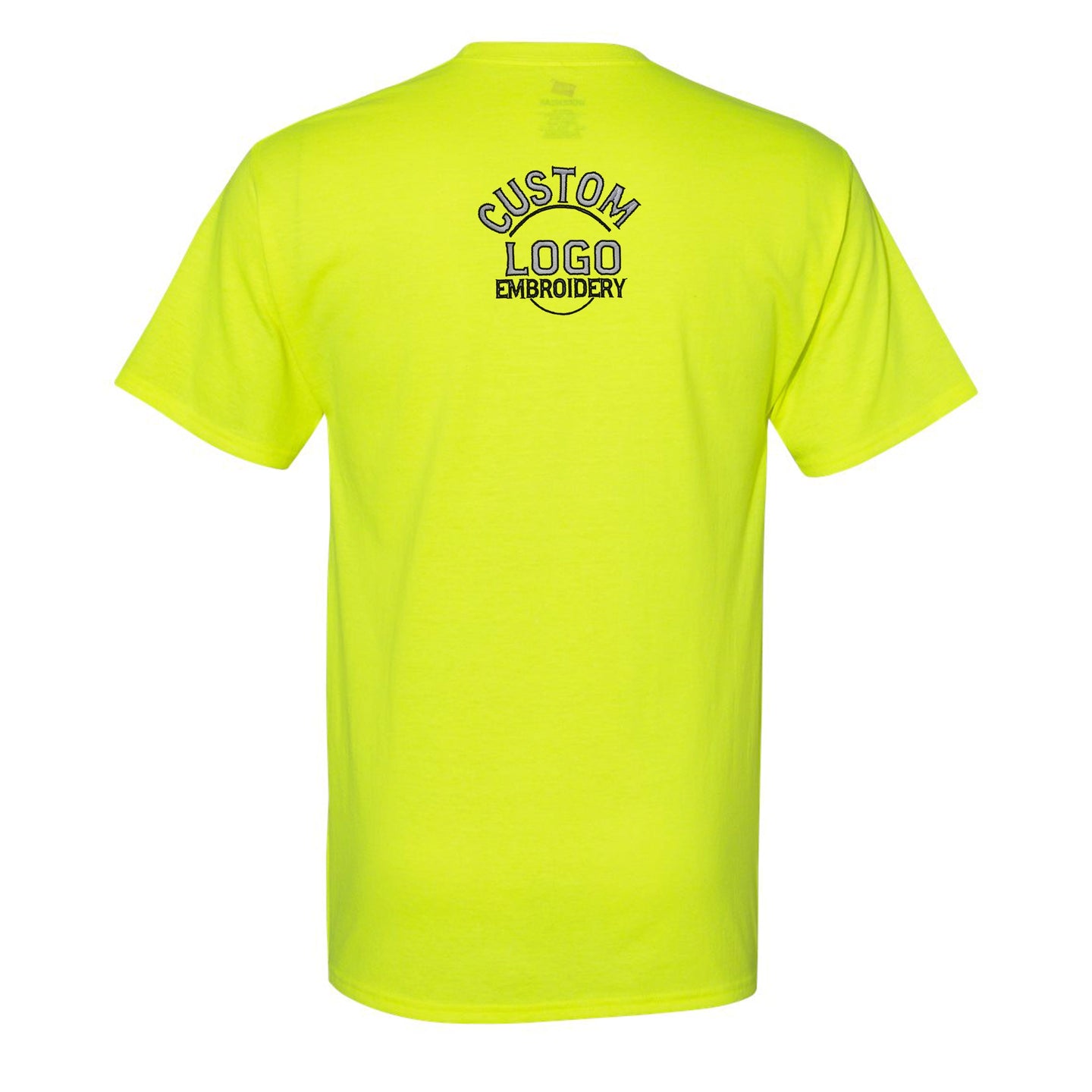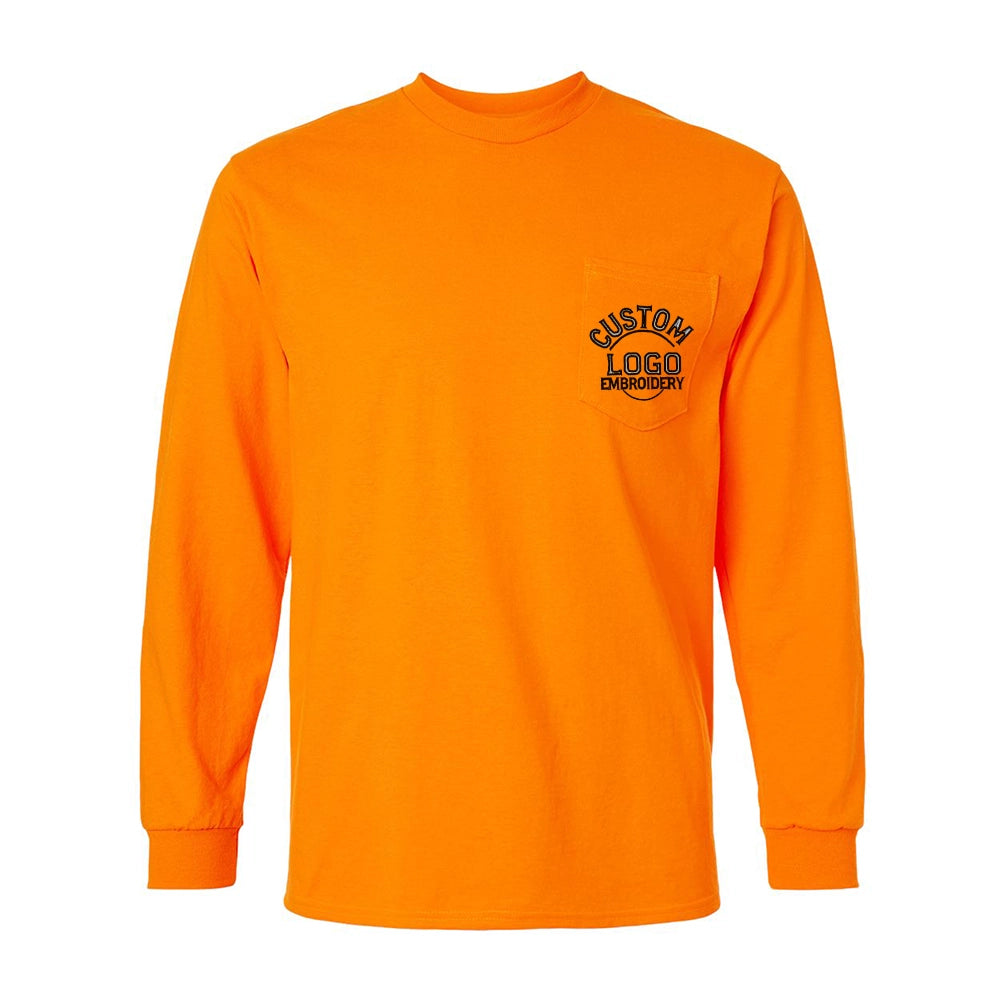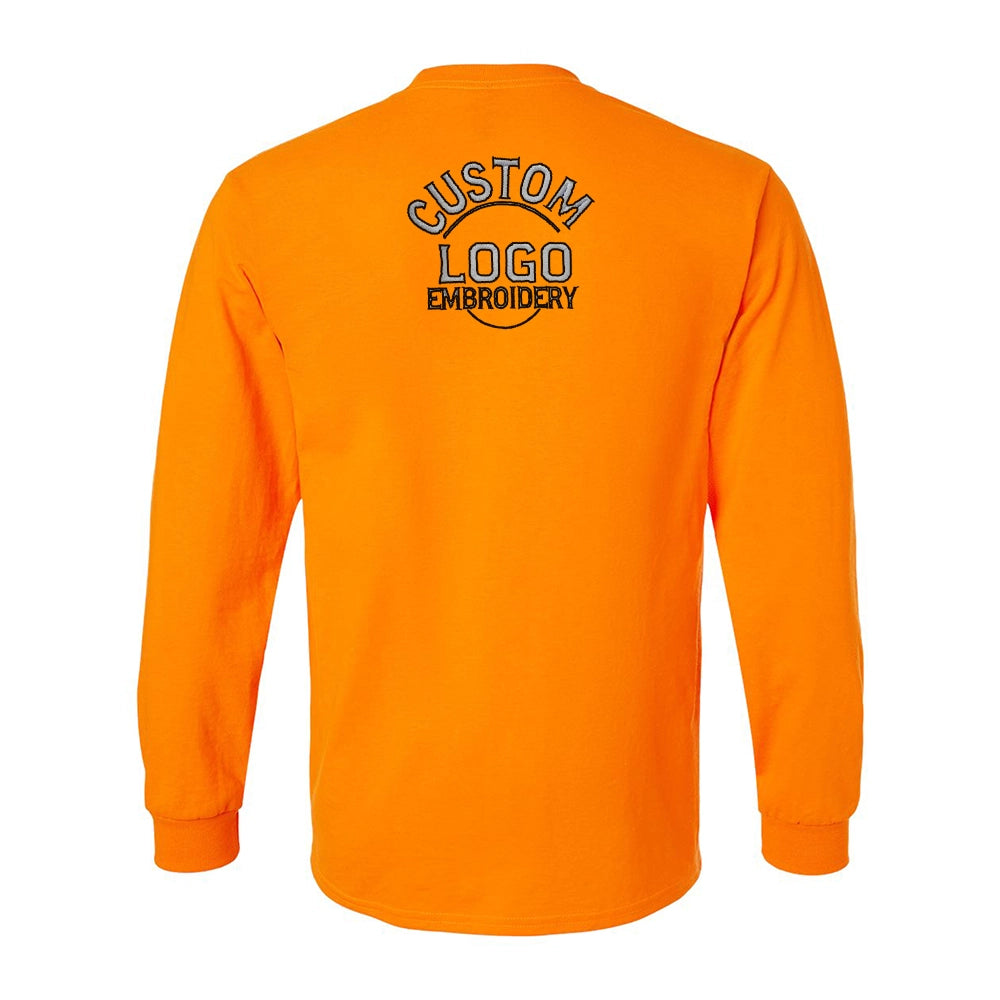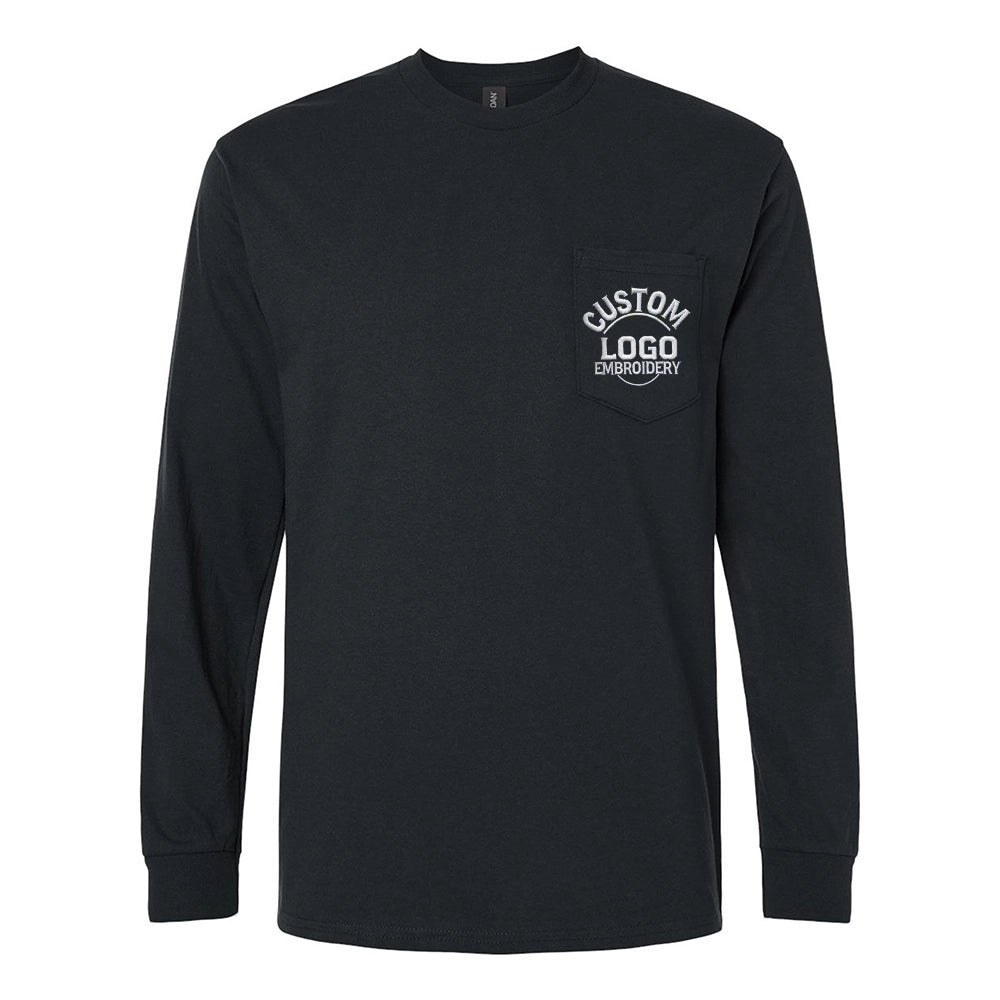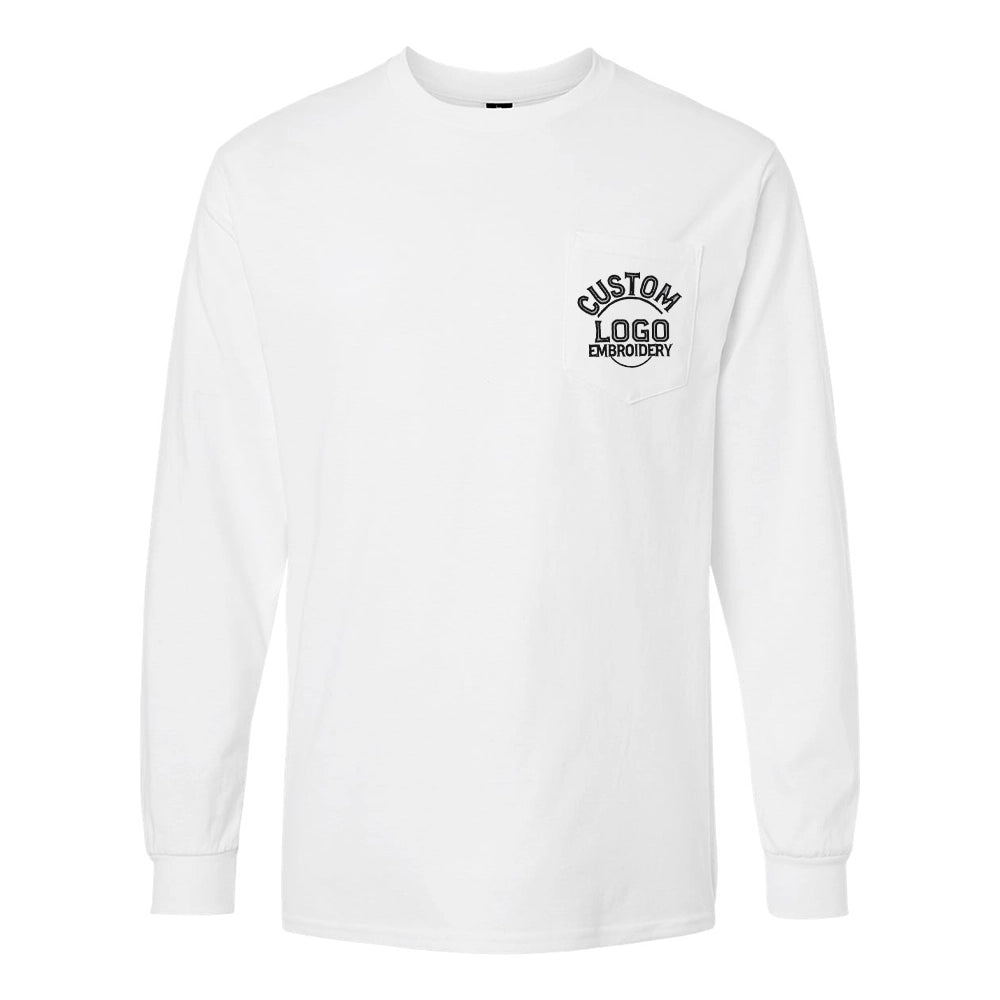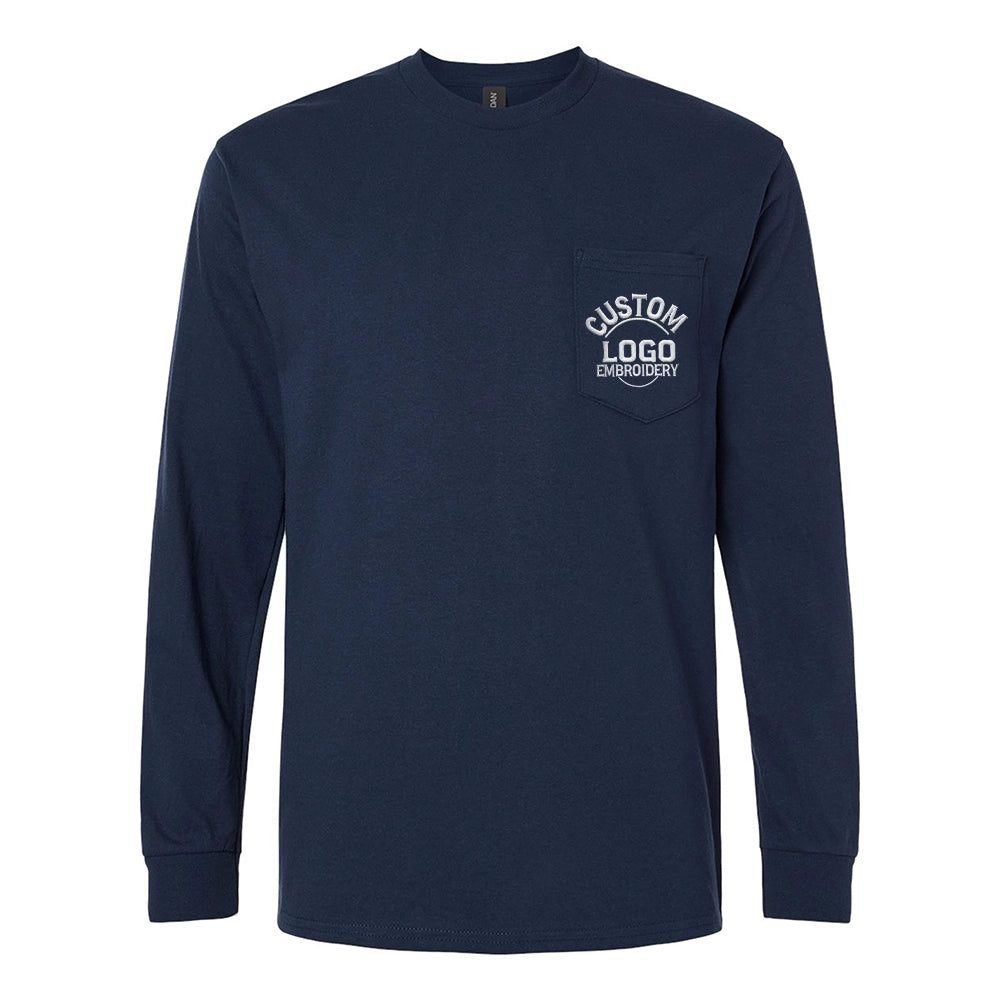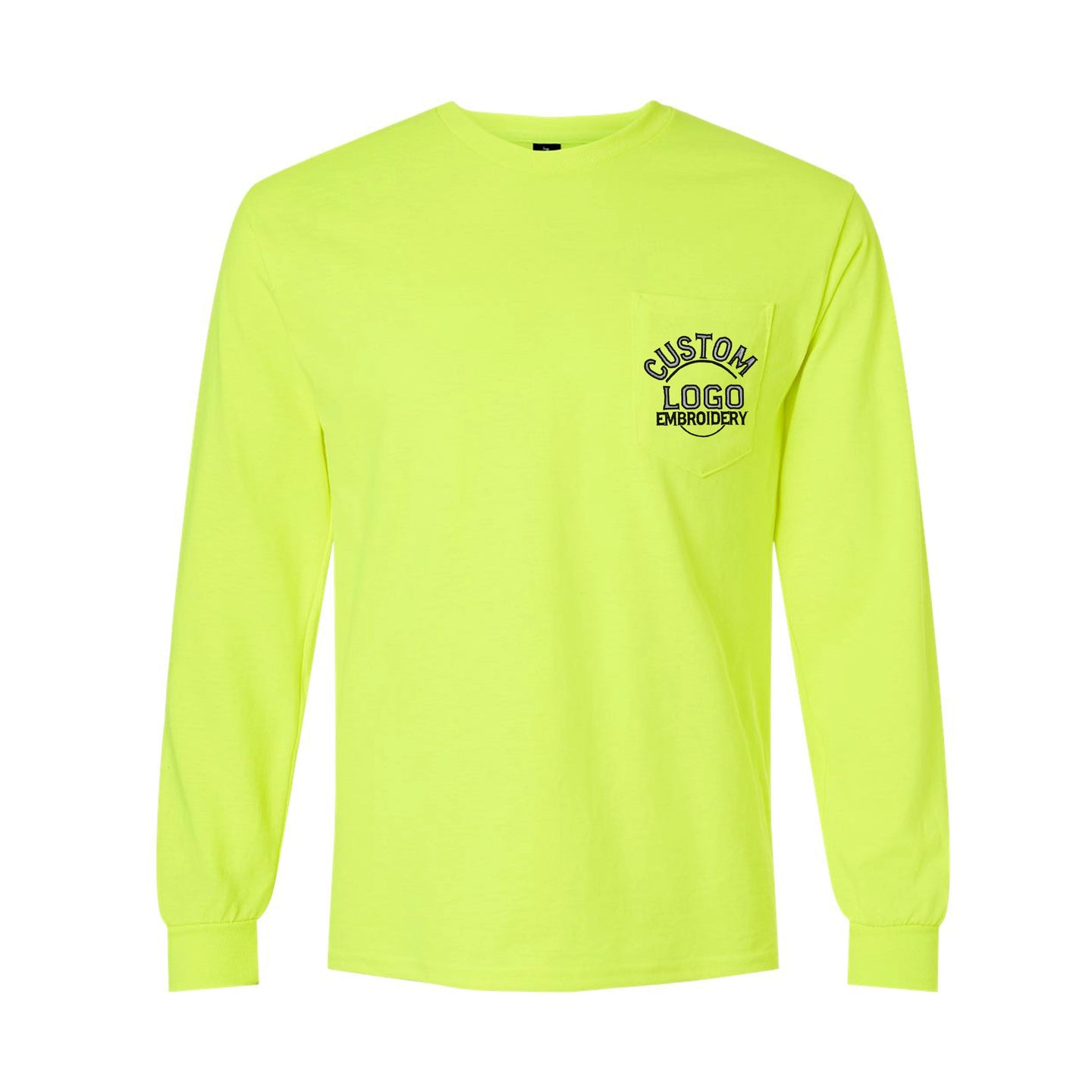Filters
-
Custom Logo Embroidery Sweatshirt, Custom Business Logo Embroidery Sweatshirt
Sale price From $29.99 Regular price$35.00 -
Personalized Logo Embroidered Sweatshirt, Custom Business Logo Embroidery Sweatshirt
Sale price From $29.99 Regular price$35.00 -
Embroidery Custom Logo Kitchen Apron, Personalized Embroidery Apron, Embroidery Kitchen Apron
Sale price $25.00 Regular price$50.00 -
Embroidery Custom Logo High Visibility Pocket Shirt, Double Side Embroidery Business Logo Construction T-Shirt
Sale price From $25.00 Regular price$50.00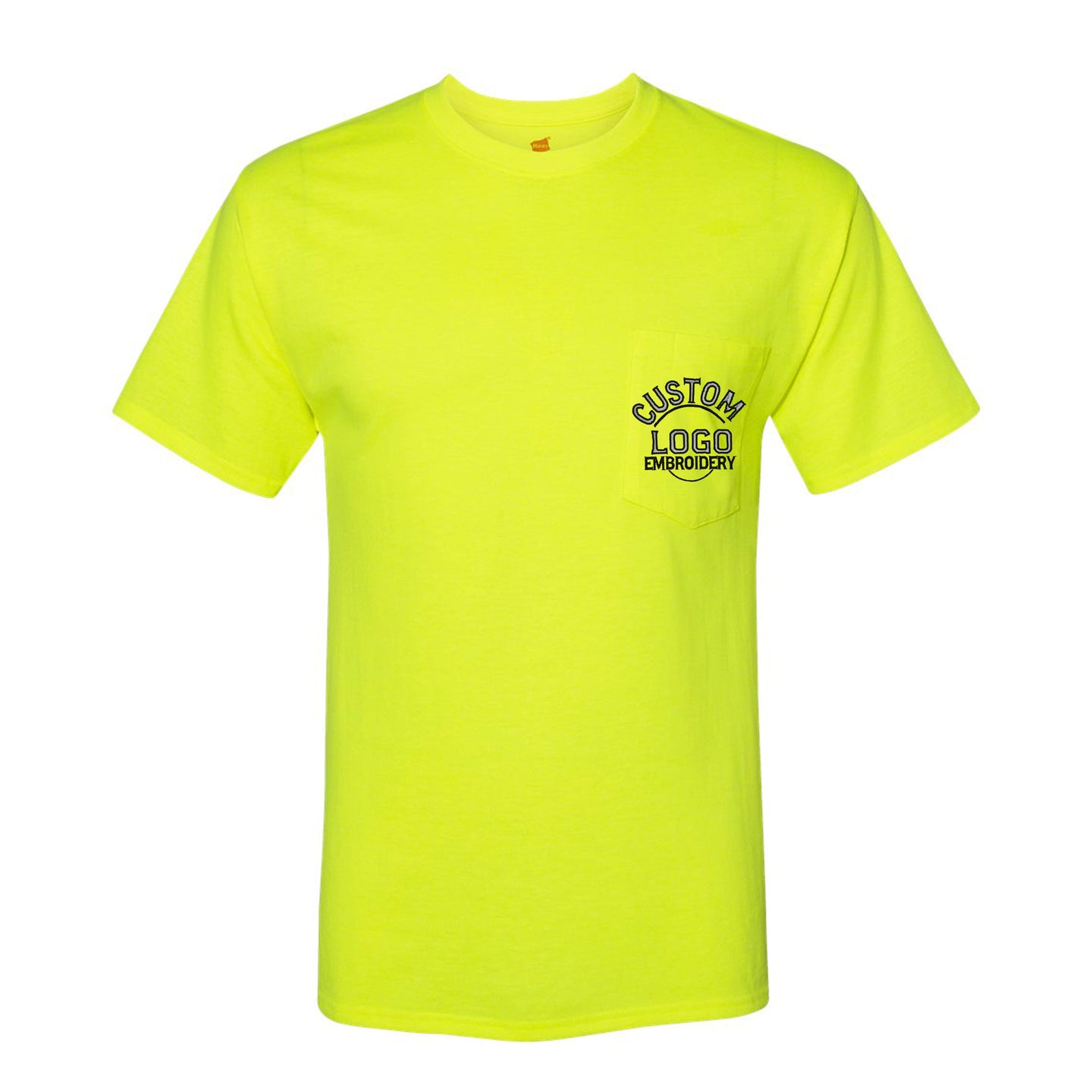
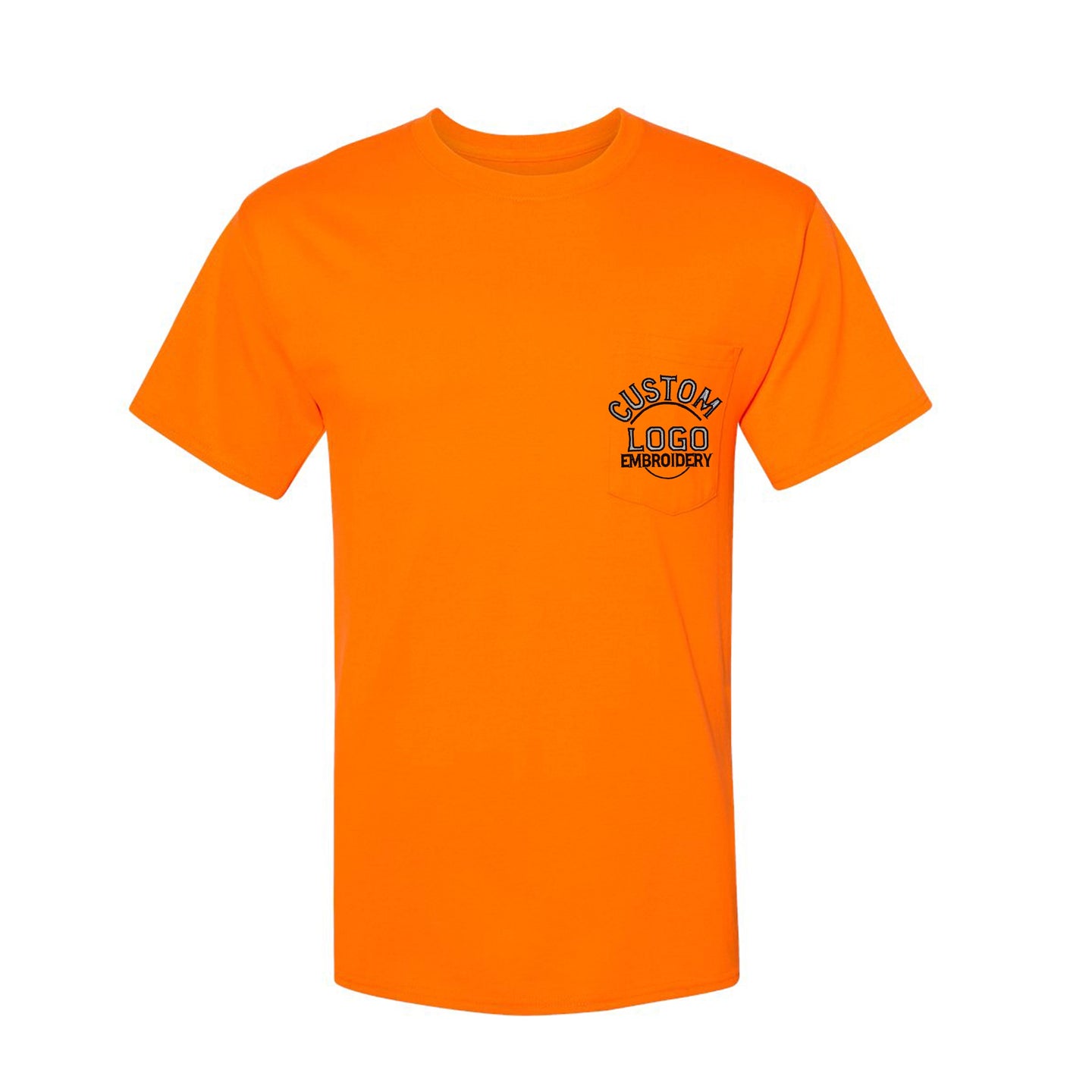
-
Embroidery Custom Logo High Visibility Long Sleeve Shirt, Custom Business Logo Construction Wear, Embroidery Work Wear T-shirt
Sale price From $30.00 Regular price$60.00
Custom Logo Embroidery
Would you like to promote your brand effectively? Custom Print House provides you with this opportunity. You can add value to your brand with custom logo embroidered T-shirts, while also reflecting your style.
What is the material used for embroidery fabric?
There are different fabrics used for custom logo embroidery. Cotton fabrics are most commonly preferred. White cotton, American cloth, muslin, Oxford, and denim fabrics are also among the preferred fabric types for logo embroidery.
There are many advantages to using fabric for custom embroidery logos:
- It has a natural and light texture.
- It is suitable for embroidery because it does not stretch too much.
- Thicker needles are used on thicker linen fabrics.
Linen fabrics have an organic and light texture. They are not very flexible. However, they are extremely durable. Fabrics containing polyester and polyester blends exhibit low elasticity. Due to their low elasticity, they do not shrink during embroidery. Generally, a blend of 65% cotton and 35% polyester is preferred. They are used in promotional products and sports shirts.
Knit fabrics are produced as sweatshirt fabrics and jersey T-shirt fabrics. They are used as stabilizers, i.e., linings, because they are flexible. They contain 5-10% elastane. Other fabrics suitable for custom embroidery logos include wool, velvet, and organic fabrics. Flexible fabrics used as backing prevent the embroidery from shrinking.
What Types of Logos Can Be Embroidered?
Custom logo embroidery can have minimal and clean lines. Single-color logos can yield successful results. Fine details may be lost in designs with thick contours. However, thick contours are the best way to emphasize the logo. In logos that use white space, excessively small spaces can be filled with stitching.
Block letters and bold fonts in particular can give the best results. Letters smaller than 8 millimeters may be unreadable. Logos created with handwriting are applied in capital letters and can give good results.
As custom logo embroidery, shapes such as circles, squares, and triangles can be expressed more clearly. Vehicle, animal, and object silhouettes can be successfully applied. Flags and team logos can be applied without color restrictions. Company logos can be simplified to create embroidery versions. Uniform logos, such as those for police and military, can be designed using traditional designs.
How Many Colors Can Be Used in Logo Embroidery?
The number of colors that can be used in custom logo embroidery varies depending on the technology of the machine used, the complexity of the design, and color compatibility. Standard embroidery machines can use 4-6 colors for small motifs. Industrial-style machines can use 15-20 colors. Unlimited colors can be used for special projects.
In custom embroidery logo patches, it is ideal to use between 12 and 15 colors. In professional and corporate logo designs, between 6 and 10 colors can be used. In luxury and custom designs, it is ideal to use between 12 and 15 colors.
The number of colors can be adjusted according to the fabric color, minimal design, and professional digitization. Six colors and six designs will be sufficient for custom logo embroidery work.
What is the sewing technique used for embroidery?
All embroidery work, especially the embroidery of the logo on the special cap, is done using a special sewing technique. Filling stitches are the name of the technique used to fill in an area. It is a basic embroidery technique. The Tatami (Grass Stitch) technique consists of straight, parallel, and adjacent stitches. It is achieved by filling the surface densely and evenly. It is used in the main body fillings of wide backgrounds. It is the most commonly used filling technique.
Traditional fill stitching is known for its similarity to tatami. However, in this stitching technique, the stitches have different directions and angles. Visual depth is achieved by utilizing differences in light reflections. It is used in the creation of logos with greater detail and area. The basis of the gradation stitching technique is the masterful execution of color transitions. Threads of different colors are used gradually. The effect is achieved by ensuring a smooth transition from one color to another. It is a stitching technique used to create shading and realistic images.
The outline stitching technique is used to draw the boundaries of shapes and create fine details. The running stitch technique is achieved by applying single, consecutive straight needle stitches. It is used to make fine writing, fine lines, and details more prominent. The satin stitch technique consists of parallel, shiny stitches that are very close together. It has a long, smooth strip appearance. It is used to wrap around lettering, fill narrow spaces, and create decorative borders.
Shadow stitching is similar to straight stitching. The stitches are longer and have a softer slope. It is used to follow sloping edges and curves smoothly. Stitches used for special effects and decorative purposes are another technique preferred in custom logo embroidery. In the sequin stitch technique, fabric is placed on the machine and a sequin is attached to the fabric. A small stitch is made on this fixed plane. It is a technique used to create eye-catching, shiny, and decorative effects.
Another technique used in custom logo embroidery is the chain stitch technique. This is a stitching technique consisting of lace-like, interconnected loops. It is used in areas that need to be flexible, such as the sides of hats. This preserves the flexibility of the fabric.
Is there a minimum order quantity (MOQ) for custom logo embroidery?
Due to the preliminary preparation stage known as digitization, there is a minimum order quantity for custom logo embroidery. Embroidery is not the same as printing. Logo embroidery must first be transferred to a digital medium before it can be processed by machines. This process requires expertise. The duration of the process varies between 15 minutes and several hours, depending on the expertise of the person performing it. This situation leads to the process being more costly.
In custom logo embroidery, the MOQ process prevents the cost from being converted into a single piece. Unit costs are involved. Machine setup and adjustment processes are also one of the main factors that increase the cost. The machine must be reprogrammed for each different logo. Additionally, the needles must be filled with threads of the appropriate color. All these processes are the same whether it is a single-piece job or a 50-piece job.
You can place an order for a single piece with a custom logo embroidery application. However, the company performing the process will charge you for digitization and setup fees. Therefore, the unit price will be high. For this reason, it would be more advantageous to place multiple orders.
What Types of Products Can Be Embroidered?
Custom logo embroidery is flexible. Therefore, it can be applied to a wide range of products. The basic rule here is that any product that fits under the needle and hook of the embroidery machine can be embroidered. In corporate and personal clothing, products such as outerwear, hats, head and neckwear, and undergarments are suitable for embroidery. For example, embroidered company shirts can be made using this process.
Embroidery can also be applied to products such as bags, hats, bracelets, key rings, and glasses cases. Embroidery can also be seen on home and office textiles. Embroidery is also frequently seen on special promotional products. Custom logo embroidery can be seen on special and promotional products such as leather wallets, bags, shoes, golf equipment, and fire-resistant blankets.
Which Products Can Be Embroidered?
Custom logo embroidery is a versatile technique. Therefore, it can be applied to many products. Examples of upper garments include polo shirts, shirts, cardigans, sweatshirts, jackets, vests, and aprons. This technique is also applied to hat groups such as baseball caps, beanies, Panama hats, and caps. Custom logo embroidery can also be seen on products such as berets, scarves, shawls, and ties.
In addition to all of the above, we can also see applications of embroidery techniques in areas such as accessories, home and office textiles, special and promotional products, and special textiles.
What is the delivery time for custom logo embroidery orders?
It may vary depending on the workflow and the number of orders. The average time is between 7 and 14 business days. If there are urgent orders, the time may be reduced to 3-5 business days. However, additional fees may be charged for urgent orders.
The programming process takes 1-3 business days. For jobs that require expertise, such as complex logo designs, this period may be slightly longer. Sample approval depends on the customer's feedback. The customer's requested revisions are also factors that can extend the process. The main production and embroidery process takes 2-5 business days. After the customer's approval, the transfer of the work to the machine and quality control are included in this process.
The logistics and shipping process takes 1-3 business days on average. The shipping address is one of the factors that affects the duration.
What is the price of custom logo embroidery?
There are many factors that affect the price, including custom logo embroidery near me. Embroidery prices vary depending on the complexity of the programming process, the number of stitches, the order quantity, the cost of the product itself, the type of product to be embroidered, and the number of colors.
Can customers provide their own products for embroidery?
Yes! Customers can supply their own products for embroidery. This process is called customer goods processing. It is a practice that has both advantages and risks. The advantages are cost savings, full control over the product, and consistency. The disadvantages include the loss of embroidery warranty, the possibility of fabric compatibility issues, and inconsistencies in color and quality.
By visiting Custom Print House, you can find detailed information about the prices and product features of our custom logo embroidery products. For more information, you can contact us through the communication channels available on our website.
